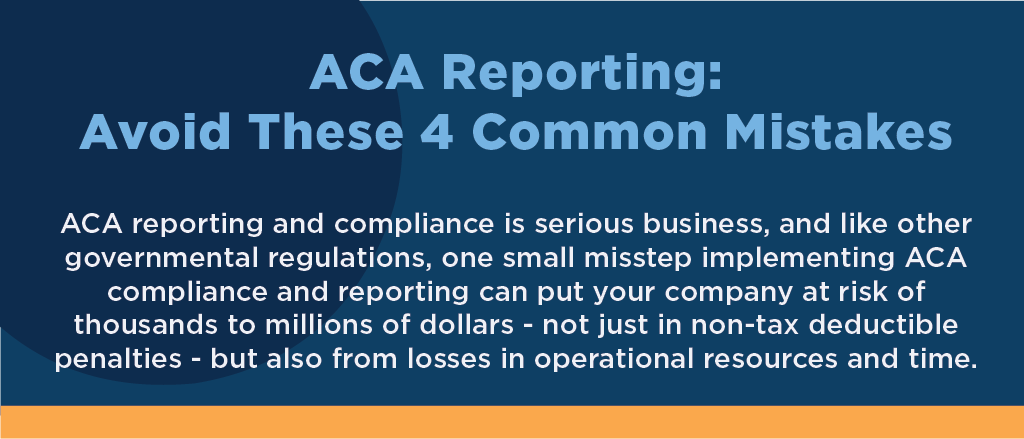
4 Practical Tips To Maximize The Impact Of Sexual Harassment Training
Sexual harassment compliance training is generally not HR professionals’ favorite thing. There is a lot of gray area in terms of what constitutes harassment. This gray area makes it difficult to distinguish whether something is sexual harassment or not, and creates a challenge for bystanders who have witnessed an iffy situation to know if they should or should not report of the situation.
There is a high chance that your employees have or will encounter an iffy situation. Providing them with clear and thorough training will help them to better distinguish a sexual harassment scenario and will increase their knowledge on how to correctly respond.
To maximize the impact of your company’s sexual harassment training, consider these 4 tips:
1. Make It Mandatory
From new hires to company executives, ensure each employee completes a thorough sexual harassment compliance training program. Mandatory training sends a message that all employees, despite their titles, are expected to represent themselves and their company in a way that is considerate and respectable. A lack of support from company leaders sets a poor example and generates a negative impact on the importance of training for the rest of the office. When factoring in schedules and company budget, utilize different training methods. Smaller group training sessions help employees to feel more comfortable asking questions and are more willing to participate in group discussions. Virtual training is another alternative but should have an interactive component like instructor-led live training sessions.
2. Keep It Recent and Relatable
You cannot expect your employees to read and memorize the company’s sexual harassment policies. Create an ongoing and interactive training experience with customized character-driven situations that resonate with your workplace. Show your employees workplace scenarios similar to what they’ve been dealing with in their workplace. Employees will start to see what could really happen to them personally as well as what may have happened to the company from a legal position. Discuss real-world topics such as hugs, jokes, dating in the workplace, alcohol at work-related events, and off-site and after-hours activities.
3. Check Your Culture
Do you allow inappropriate comments? Do you allow cursing? On-site drinking? Allowing this behavior creates an inappropriate environment. An inappropriate environment is usually what sparks sexual harassment. Harassment can range from extreme forms such as violence, threats, or physical touching to less obvious actions like teasing, mocking, or repeatedly bothering coworkers or refusing to talk to them. It can be based on a person’s race, ethnicity, religion or gender. Establish an Open-Door Policy for your employees to anonymously ask questions, get answers, and share experiences through a hotline, specific human resource person or email address, or outside party.
4. Safety Checks
Don’t limit sexual harassment training to a one-time event. It is important to have awareness campaigns periodically throughout the year. Provide tools like relevant brochures, helpful websites and blog links, videos and webinars to help employees identify and report improper behavior in the future. Hang anti-sexual harassment posters on notice boards in common work areas and send out emails reinforcing what was taught during training. Give employees a clear and concise outline your sexual harassment policy, reporting and investigation process, and penalties for non-compliance. When your company does health and safety surveys, collect data about sexual harassment and abuse. Analyze the data and reevaluate your training methods for the next time you have a sexual harassment training. Periodically conduct workplace audits to monitor any incidences of sexual harassment.
We need to shift away from explaining what sexual harassment is and drift towards creating a culture of respect and civility. We need to shift away from explaining how to avoid situations in which harassment can be questioned and towards ways to encourage trust. For more information on how Highflyer HR can provide effective sexual harassment training solutions, Contact us at (844) 398-7800 or getstarted@highflyerhr.com.




